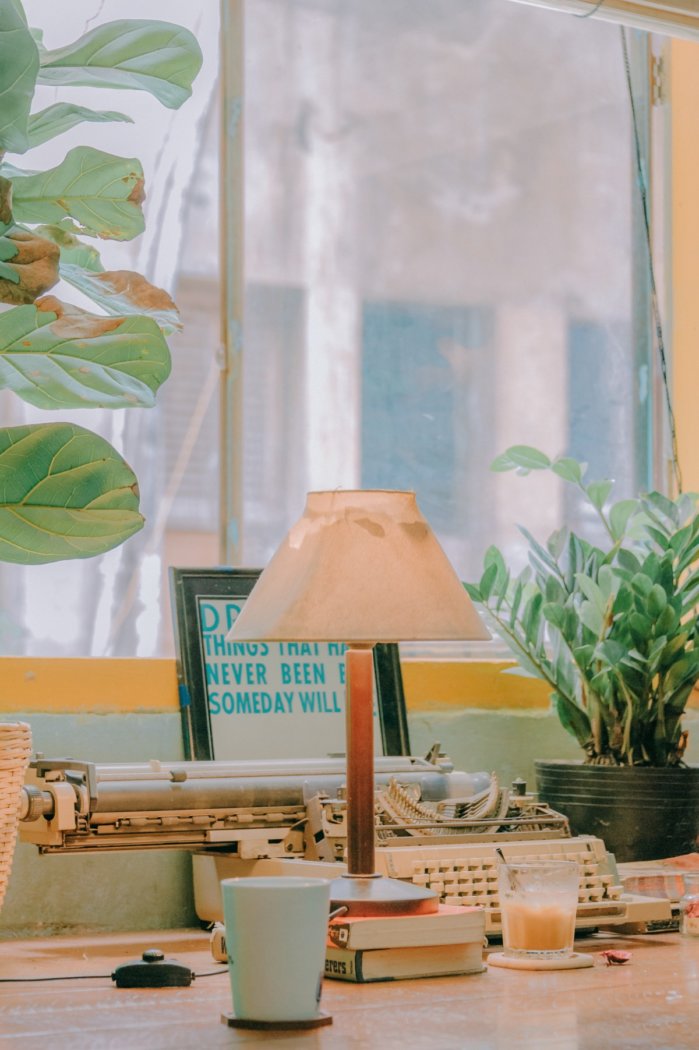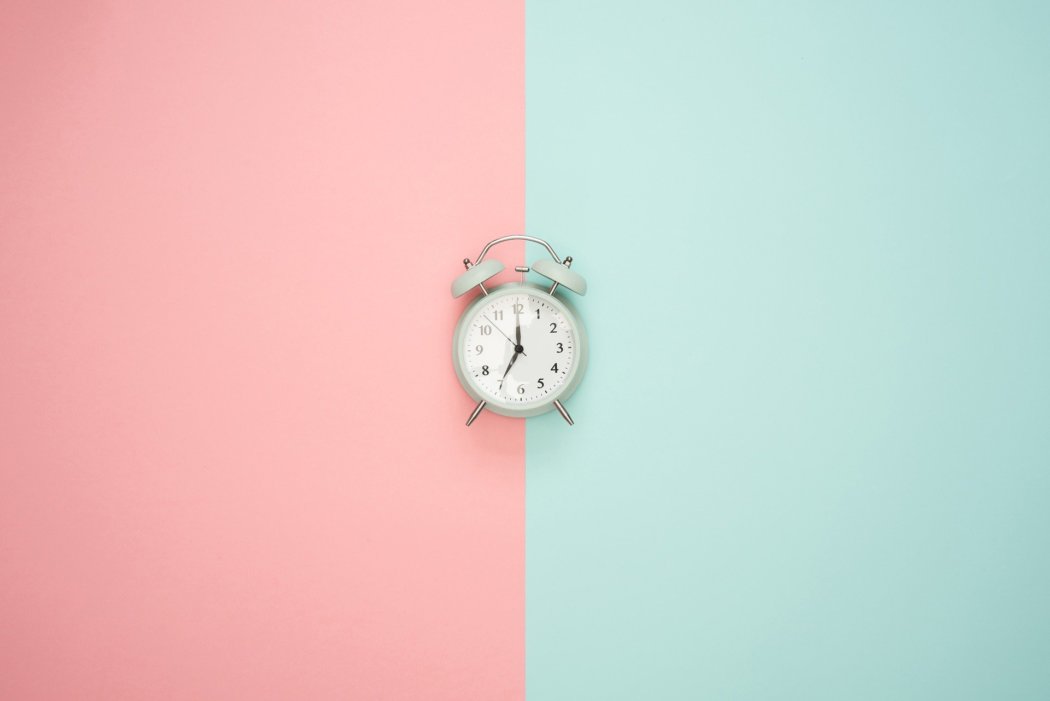How to Make Pastel Colors?
Pastel colors are characterized by their lightness and subtleness, considered pale tints of the primary and secondary colors. These colors look like normal colors, yet different in composition and hue.
If you are interested to know how to make pastel colors for your project, we are going to experiment with color mixing. This way, you can understand the quality of pastel colors and how they affect the aspect of design.
Before we get to color mixing, first you need to understand how pastel colors came to be. As an artist or designer, being familiar with these colors will help to widen your perspective in design.
Read on…
On a traditional painter’s wheel, pastel colors are used to add depth to the painting. These colors help emphasize some details and give the painting a sense of life or realness.
Where Do Pastels Sit on the Color Wheel?
As mentioned, pastel colors are simply pale tints of primary and secondary colors. This set of colors sits at the center of the color wheel, closer to the neutral color white. In contemporary color wheels, however, these colors are shown toward the outer edge of the wheel.
Usually, the pastel colors include baby pink, cherry blossom pink, pistachio green, pale lemon, light seafoam green, powder blue, and mint blue. There are a variety of pastel colors that you can discover, but these are the historically recognized ones.
- Pistachio Green – Based on its name, this color has a milky yellow and green to it, mimicking the pistachio nut. This pastel color is both soothing and easy on the eyes, just like any other pastel color.
- Pale Lemon – This one isn’t too far from a lemon yellow color, it’s just paler. It is still vibrant like lemon yellow but is simply lighter.
- Pastel Orange – The pastel version of the color orange is definitely light and subtle but still closely resembles pure orange.
- Light Seafoam Green – Unlike pistachio green, this tint has a light blue component to it. It brings calmness and serenity to any space.
- Powder Blue – This pastel color is usually associated with baby boys or toddlers. It is a lighter version of light blue.
- Blush Pink – This color is common for young girls, associated with innocence and youth.
- Mint Blue – This one is similar to light seafoam green but displays more of a blue, without as much green.
- Cherry Blossom Pink – Cherry blossom pink is lighter next to the pigment pink because white dominates it,
Colors to Complement Pastel Hues
Colors sitting opposite on the color wheel are called complementary colors. A pastel color will be complementary to the primary or secondary color that it resembles. For example, pastel red and pastel green are great pairings, as well as pastel yellow and pastel purple.
It is also important to understand that pastel colors can easily blend with other pastel colors because of their lightness. Therefore, if you paint the walls powder blue, adding blush pink looks great.
Psychology of Pastel Colors
The psychology of colors illustrates how colors can greatly affect one’s mood. Pastel colors have vibrancy and brightness that can affect one’s mood. Because they are slightly muted or dull, these colors have the ability to soothe and calm a person.
If you pay attention in some establishments like hospitals, walls are often painted in pastel colors to give a strong affiliation of calmness. These colors are perfect for nursery rooms, to help babies sleep or rest better. Using pastel colors helps the mind to stay relaxed and decreases stress.

Using Pastel Colors in Design
In design, pastel colors are used to provide a fresh look in a house. The colors balance out the bolder tones of the structures, including cement-finish flooring or wood elements. In short, pastel colors add a wonderful character to a space without too much effort. The colors are simply easy on the eyes and also easier to pair with other colors.
The buttery and soft characteristics of pastel colors perfectly mix with antique furniture. The details in a room will be emphasized, such as a lovely carpet, sofa, chair, or even curtains.
It is very easy to create pastel colors. You only need to add one important color to your chosen primary or secondary color: white.
For example, by adding white to pink, you can get blush or pastel pink. This is the same with powder blue, pistachio green, mint blue, and so on.
How to Make Pastel Colors
It is simple and easy to create pastel colors. You only need to add one important color to your primary or secondary base: white.
By adding white to pink, you can get blush or pastel pink. This is the same with powder blue, pistachio green, mint blue, and so on.
Bottom Line
Pastel colors are vibrant colors that are soothing and easy on the eyes. They are perfect for interior design, as well as in many forms of artwork. If you have new projects coming up, make sure to experiment with pastel colors to enhance or emphasize details.
Hope you learned a lot today.
Cheers!
Read Latest Posts

Hi, I'm Anthony Tran! Welcome to my site. I live in Arizona and am obsessed with all things related to building an Online Business and working from home. Learn about my journey here.
Follow Online



